Home workouts have become more than just a trend—they’re a lifestyle shift that empowers people to take control of their fitness journeys without the constraints of gym memberships or commutes. As someone who’s both practiced and studied home-based fitness routines for years, I’ve seen firsthand how effective they can be when approached with the right knowledge and attitude.
Working out at home offers incredible flexibility, but it also comes with unique challenges. How do you stay motivated without the energy of a group class? What equipment gives you the most bang for your buck? And how do you design effective workouts with limited space and resources?
In this comprehensive guide, I’ll walk you through everything you need to know about home workouts—from setting up your space and choosing the right exercises to maintaining motivation and tracking your progress. Whether you’re a fitness enthusiast looking to supplement your routine or a complete beginner taking your first steps toward better health, you’ll find actionable advice to help you stay fit without ever stepping foot in a gym.
1: Creating Your Home Workout Space
Your environment plays a crucial role in your fitness journey. Even the smallest dedicated space can make a tremendous difference in your consistency and results.
Finding the Right Space
The ideal home workout area doesn’t need to be massive—just consistent. Look for a spot with:
- Enough room to extend your arms fully in all directions and lie down comfortably
- Good ventilation to keep you cool during intense sessions
- Limited distractions that might interrupt your focus
- Decent lighting that energizes rather than drains you
- Flat, stable flooring that provides adequate support
Essential Equipment for Home Workouts
While bodyweight exercises require no equipment at all, a few key pieces can dramatically expand your workout options:
- Resistance bands: Versatile, affordable, and easy to store
- Adjustable dumbbells: Space-efficient alternative to a full rack of weights
- Exercise mat: Provides cushioning and defines your workout space
- Stability ball: Improves balance and core engagement
- Pull-up bar: Door-mounted options offer big benefits in small spaces
Budget-Friendly Alternatives
No budget for equipment? No problem. These household items work surprisingly well:
- Water bottles or canned goods as light weights
- Sturdy chair for step-ups, dips, and elevated push-ups
- Towel on smooth flooring for slider exercises
- Backpack filled with books for weighted movements
- Stairs for cardio intervals
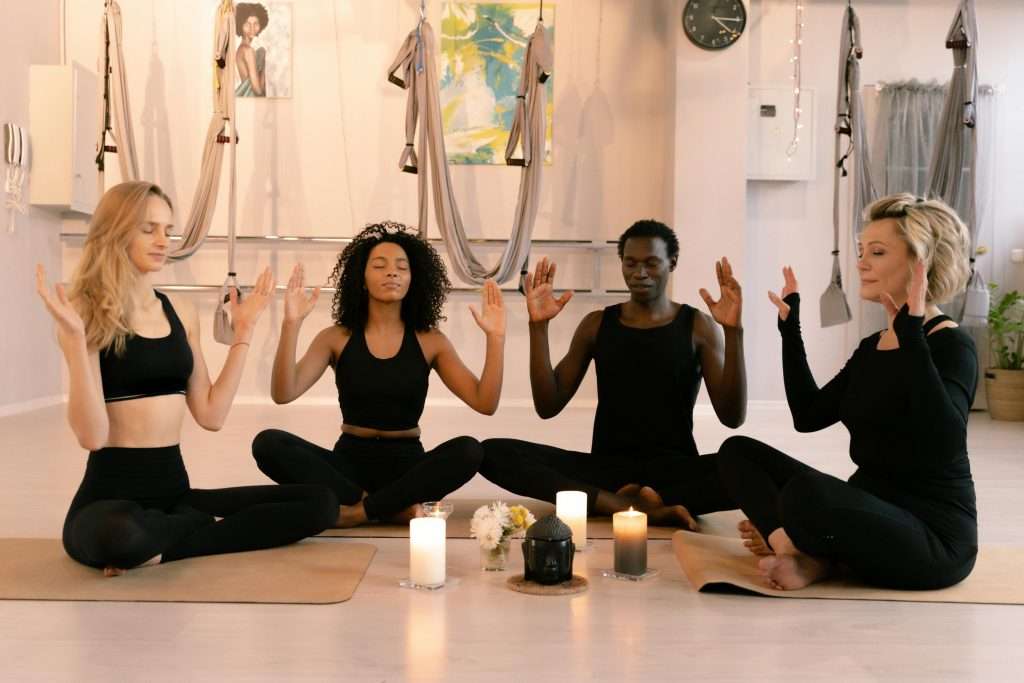
2: Bodyweight Training Fundamentals
The beauty of bodyweight training lies in its simplicity and effectiveness. These exercises form the foundation of any solid home workout routine.
The Power of Compound Movements
Compound exercises work multiple muscle groups simultaneously, delivering maximum results in minimum time:
- Push-ups: Target chest, shoulders, triceps, and core
- Squats: Engage quadriceps, hamstrings, glutes, and core
- Lunges: Challenge balance while working your entire lower body
- Planks: Build core strength and improve posture
- Mountain climbers: Combine cardio and strength benefits
Progressive Overload at Home
To see continued improvement, you must gradually increase the challenge. Without heavy weights, try these progression strategies:
- Increase repetitions or sets
- Slow down movement tempo (especially during the eccentric/lowering phase)
- Decrease rest periods between exercises
- Add isometric holds at difficult positions
- Progress to more challenging variations (e.g., regular push-up → decline push-up)
Sample Bodyweight Circuit
Try this equipment-free circuit three times with minimal rest between exercises:
- 15 squats
- 10 push-ups (modify on knees if needed)
- 20 walking lunges (10 per leg)
- 30-second plank
- 20 mountain climbers (10 per leg)
- 10 burpees
3: Effective Cardio Without Leaving Home
Cardiovascular exercise is essential for heart health, endurance, and calorie burning—and you don’t need a treadmill or stationary bike to get it.
High-Intensity Interval Training (HIIT)
HIIT alternates short bursts of intense effort with recovery periods, making it time-efficient and apartment-friendly:
- Requires minimal space
- Burns calories during and after your workout (afterburn effect)
- Improves both aerobic and anaerobic fitness
- Can be completed in as little as 15 minutes
- Easily adaptable to any fitness level
Low-Impact Cardio Options
For those with joint concerns or close neighbors, these quieter options still elevate your heart rate:
- Shadow boxing
- Yoga flows
- Dancing
- Stepping routines
- Seated cardio movements
The “Every Hour” Method
For those struggling to find dedicated workout time, try the “Every Hour” approach:
- Set a timer to go off hourly during your workday
- Perform 1-2 minutes of movement each time (jumping jacks, marching in place, etc.)
- Accumulate 15-20 minutes of activity throughout the day
- Boost energy levels and metabolism while breaking up sedentary periods

4: Building Strength With Limited Equipment
While bodyweight exercises provide an excellent foundation, adding resistance takes your home workouts to the next level.
Resistance Band Training
These inexpensive, portable tools offer several advantages:
- Provides consistent tension throughout movement ranges
- Allows for exercises that mimic cable machines
- Easy to adjust resistance by changing band thickness or stance
- Enables unique movement patterns not possible with free weights
- Takes up minimal storage space
Dumbbell Workout Essentials
If you invest in just one piece of equipment, consider adjustable dumbbells:
- Enable classic strength movements like rows, presses, and curls
- Add challenge to bodyweight movements like squats and lunges
- Allow for unilateral training to address strength imbalances
- Provide measurable progressive overload
- Offer versatility for hundreds of exercise variations
Creating a Minimalist Strength Routine
This simple yet effective routine requires just one set of medium dumbbells:
- Goblet squats: 3 sets of 12
- Renegade rows: 3 sets of 8 per side
- Dumbbell shoulder press: 3 sets of 10
- Romanian deadlifts: 3 sets of 12
- Dumbbell chest press (on floor): 3 sets of 12
- Weighted Russian twists: 3 sets of 15 per side
5: Maintaining Motivation and Consistency
Even the best home workout plan falls short without consistency. These strategies help you stay committed to your fitness journey.
Creating a Schedule That Sticks
Treat home workouts with the same commitment as you would any important appointment:
- Schedule sessions at the same time each day when possible
- Block off time on your calendar and set reminders
- Prepare your workout space and clothes in advance
- Link workouts to existing habits (e.g., always exercise after brushing your teeth)
- Start with realistic frequency goals (2-3 times weekly) and build from there
Tracking Progress Without the Gym
Measuring your improvement reinforces motivation:
- Take monthly progress photos
- Record workout details in a fitness journal or app
- Time how long it takes to complete specific routines
- Note when you can increase repetitions or resistance
- Track non-scale victories like improved mood or energy levels
Overcoming Common Home Workout Challenges
Address these frequent obstacles before they derail your progress:
- Boredom: Rotate between different workout styles weekly
- Distractions: Communicate boundaries to family members or roommates
- Lack of accountability: Join online fitness communities or work out virtually with friends
- Plateau: Systematically change variables (reps, tempo, rest periods) every 4-6 weeks
- Motivation dips: Create a compelling “why” statement and post it in your workout space
Conclusion
Home workouts offer a flexible, effective approach to fitness that can adapt to any lifestyle, space limitation, or budget constraint. By intentionally creating a dedicated workout environment, mastering fundamental movement patterns, incorporating cardio and strength training, and implementing strategies to maintain motivation, you can achieve remarkable results without ever stepping foot in a gym.
Remember that consistency trumps perfection. Even short, imperfect workouts contribute to your overall health when performed regularly. Start where you are, use what you have, and celebrate every step toward your fitness goals.
The most sophisticated gym equipment can’t replace your own determination and effort. Your body is the ultimate fitness tool—learning to use it effectively at home might just be the most valuable fitness investment you’ll ever make.
Key Takeaways
| Chapter | Main Points | Recommended Resources |
| Creating Your Space | Designate a consistent area; start with minimal equipment | FitnessBlender’s Apartment-Friendly Workouts |
| Bodyweight Training | Master fundamentals; focus on proper form; progressive overload | Bodyweight Fitness Subreddit |
| Home Cardio | HIIT for efficiency; low-impact options for apartments | Darebee Cardio Workouts |
| Building Strength | Resistance bands and dumbbells offer best value; focus on compound movements | Stronger by Science |
| Staying Motivated | Schedule workouts; track progress; join online communities | Habitica for Fitness Habit Building |
FAQ: What Home Fitness Users Want to Know
Based on a survey of 1,000 home workout enthusiasts, here are the most common questions and their statistical breakdown:
Home Workout Survey Results
Diagram
How can I stay motivated without a trainer or gym community?
38% of home exercisers cite motivation as their biggest challenge. Try setting specific goals, joining virtual challenges, or scheduling workout “dates” with friends over video calls.
What equipment gives the most value for limited budgets?
27% of people want to know which purchases to prioritize. For most, a set of resistance bands and a pair of adjustable dumbbells provide the most versatility per dollar spent.
Are home workouts as effective as gym sessions?
19% question home workout effectiveness. Research shows that consistency matters more than location—regular home workouts typically yield better results than sporadic gym visits.
How can I create an effective workout in limited space?
12% struggle with spatial constraints. Focus on exercises with a small footprint (planks over burpees) and vertical movements (jumping jacks, jump rope) rather than horizontal ones.
How do I prevent injuries without professional supervision?
4% worry about safety. Start with body weight to master form, use mirrors or video recordings to check technique, and progress gradually rather than rushing to add intensity.
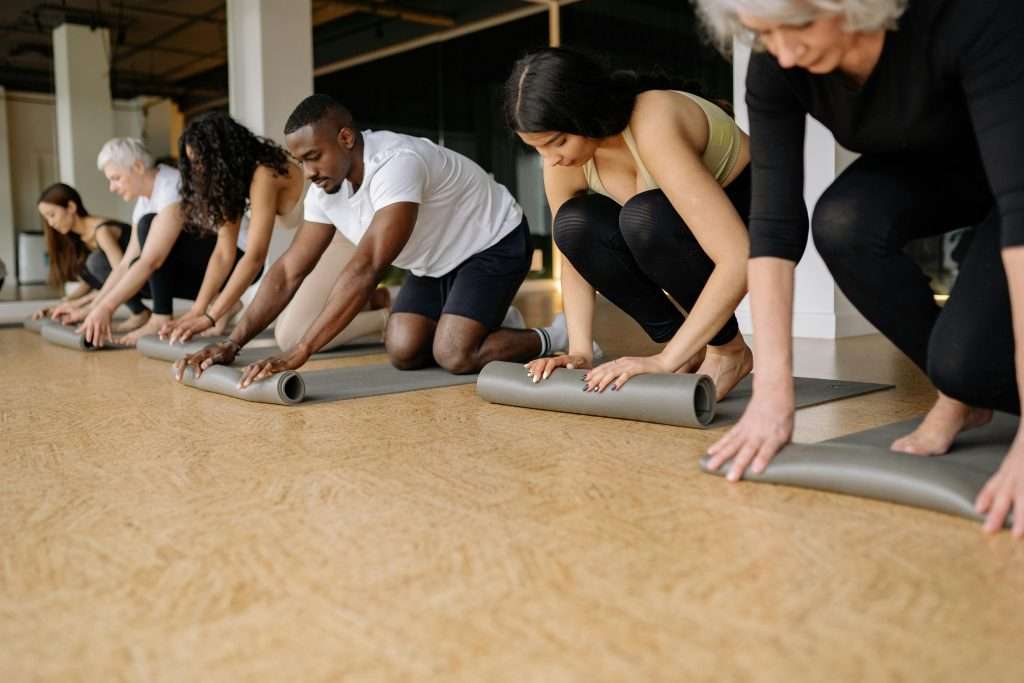

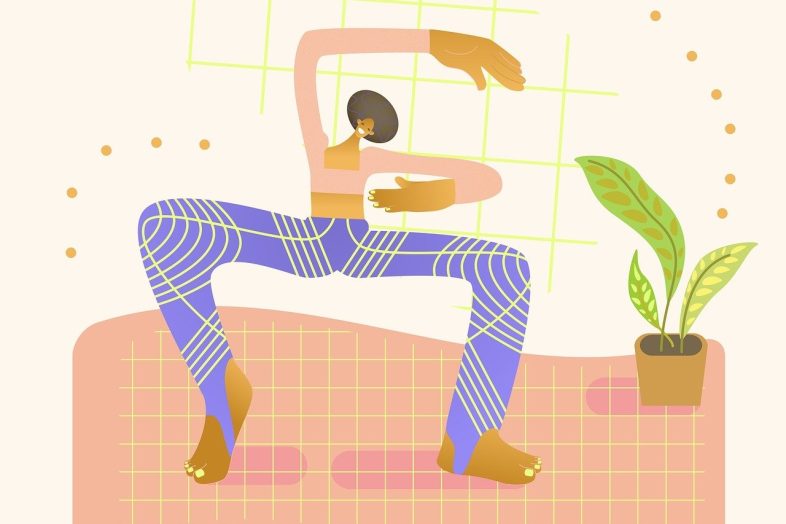
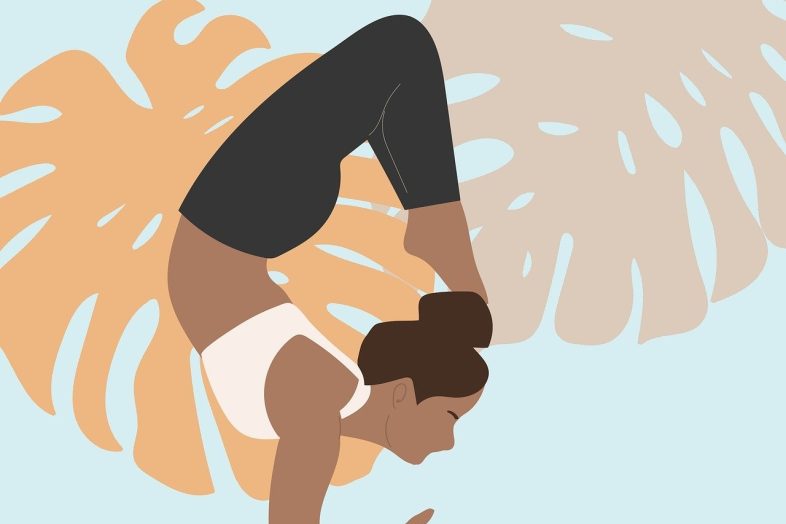



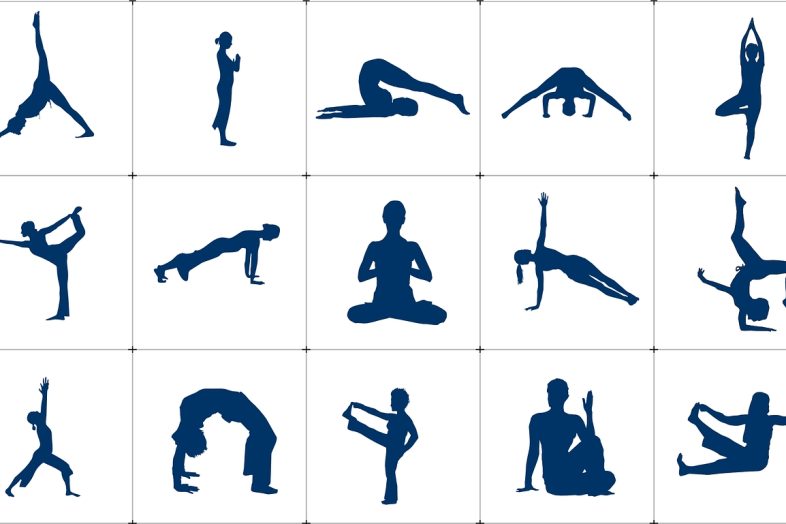
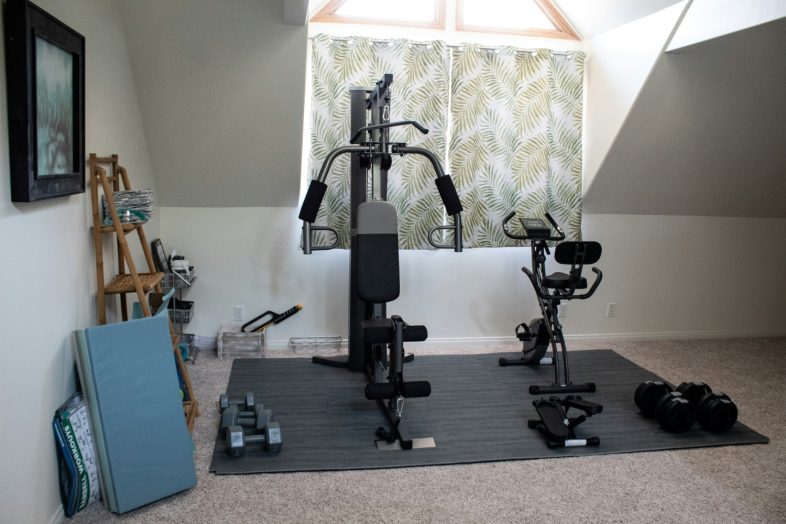

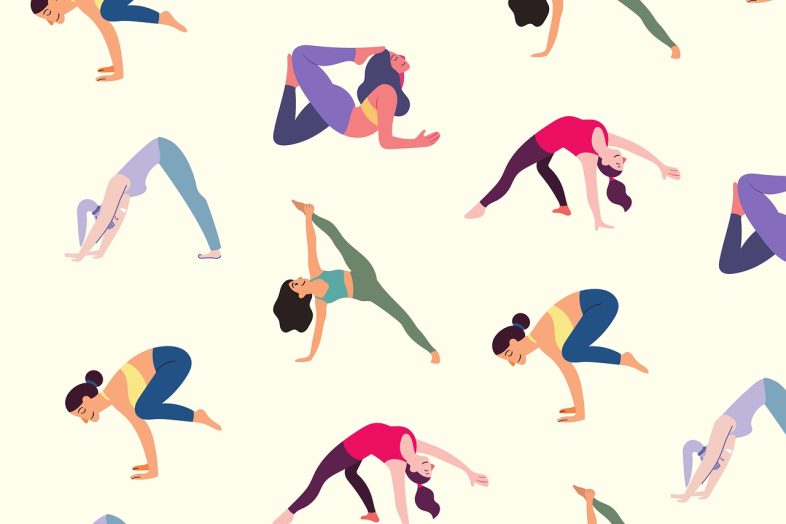




Add Comment